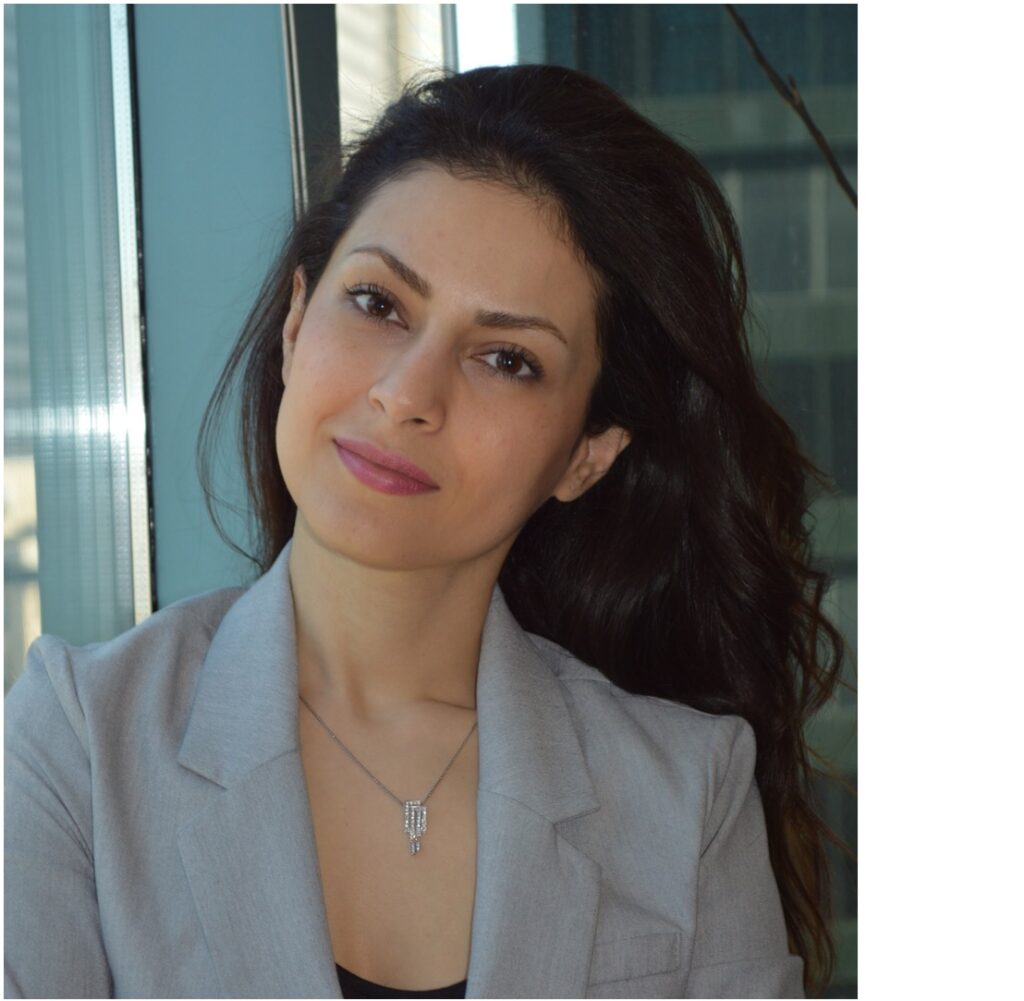
Last year, in honour of Earth Month, York University launched the Microlecture Series in Sustainable Living, an award-winning online series of six-minute interactive presentations given by six of the University’s leading sustainability scholars.
Since its release, 900 people have participated in the Microlecture Series, which has gone on to be recognized as best-in-class communications by the International Association of Business Communicators in its OVATION 2024 Awards.
Even with fast-paced developments in the world of sustainability efforts, a year later the microlectures have remained topical resources for those looking to lead more informed, sustainable lives.

There have been changes too, of course. Take Lassonde School of Engineering Professor Shooka Karimpour’s microlecture on microplastics, a subject important enough that it was selected to be this year’s Earth Day theme.
In her microlecture, Karimpour covered how the near infinite use of plastic in our world has led researchers like herself to try to better understand how microplastics – small pieces of plastic debris in the environment – journey through and impact our ecosystem.
Evidence is emerging daily showing how widespread and harmful these contaminants are, but much is still unknown regarding the adverse ecosystem and human health impacts of microplastics due to the challenge of looking at them more closely. Studying their behaviour in water – where Karimpour focuses her research – is especially challenging.
However, according to Karimpour, improvements to detection have been among the changes over the past year.
“The research community globally has been working to establish standardized protocols for detection,” she says. “There are also new technologies designed for detection of microplastics, especially those small ones that aren’t visible to naked eyes.”
One example she gives is micro-Fourier-transform infrared reflectance (FTIR) spectroscopy, which allows researchers to visualize and map microplastics in micrometre scales. She also mentions state-of-the-art research equipment, including advanced optical tools, that she uses to assess how microplastic particles interact with the surrounding water and sediments.
“Our new high-frequency particle tracking velocimetry system enables us to track the motion of microplastics in water and develop models that accurately mimic their captured motion,” she explains.
Karimpour is among those contributing to advancements through participation in several multidisciplinary research collaborations focused on the toxicity of aquatic microplastics and source identification.
In one of those projects, she is analyzing – along with Professor Raymond Kwong, a Tier 2 Canada Research Chair in Biology at York, and PhD student Sejal Dave – the microplastic uptake of these contaminants under dynamic conditions on selective native and invasive species in Lake Ontario, with the hope of potentially using those species as bio-indicators in water.
Efforts like these over the past year have helped advance better understanding of microplastics, but also potential mitigation – which can, of course, also be helped by non-researchers. As academics have continued to work to solve the world’s most pressing sustainability challenges, Karimpour now repeats her advice from last year around the importance of what individuals can do to effect change.
While she admits it’s nearly impossible to avoid plastics altogether in our daily lives, she encourages incorporating small adjustments that can make a big difference. On a practical level, she says, “what is important is to use plastic-based products with a longer life span, and as much as possible avoid using single-use plastic products.” On a big-picture level, she stresses the need for awareness. “It’s important to stay informed and raise awareness on this growing environmental issue and advocate for policies reducing plastic usage and promoting sustainable alternatives,” she says.
Initiatives like the Microlecture Series can accomplish that.
Looking back on her microlecture one year later, Karimpour is proud of the impact the series has had. She believes it achieved their goal of inspiring the community to tackle societal and environmental issues, including plastic pollution. Since her microlecture was released, she reports having had many inspiring discussions about it with community members – not only from York but from schools across the Greater Toronto Area, demonstrating a broader reach than originally anticipated.
“Seeing how it has resonated with viewers and contributed to their learning journey reaffirms the importance of accessible education and the power of digital platforms in disseminating information,” she says. “I honestly believe there is the will in people – and some companies – for change.”
To watch Karimpour’s microlecture, as well as the other five in the series – and earn your Sustainable Living Ambassador Badge – visit the Microlecture Series in Sustainable Living website.
